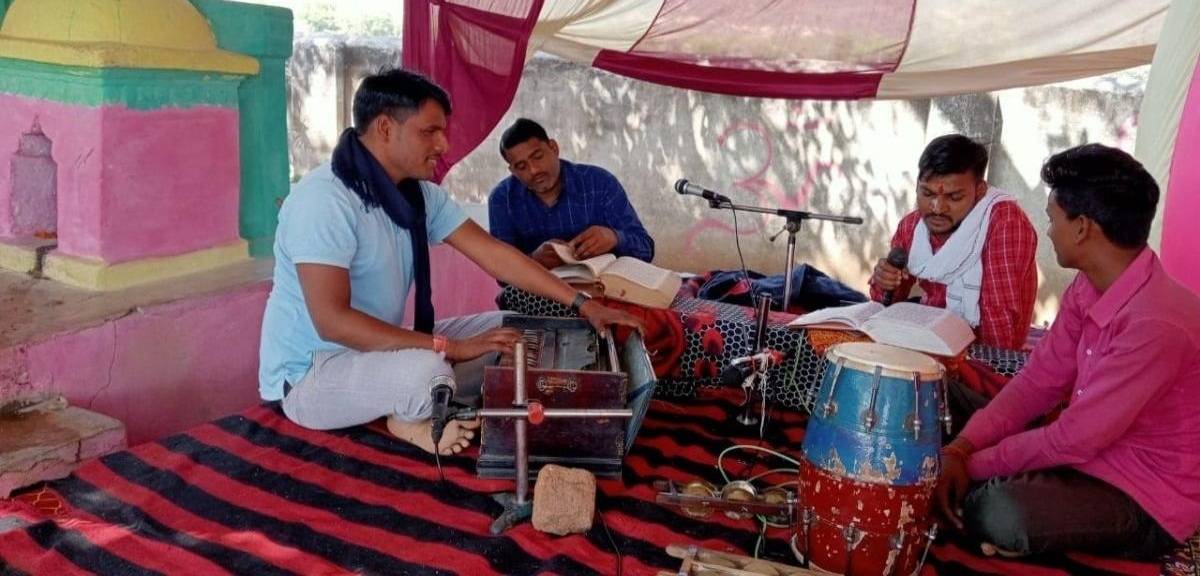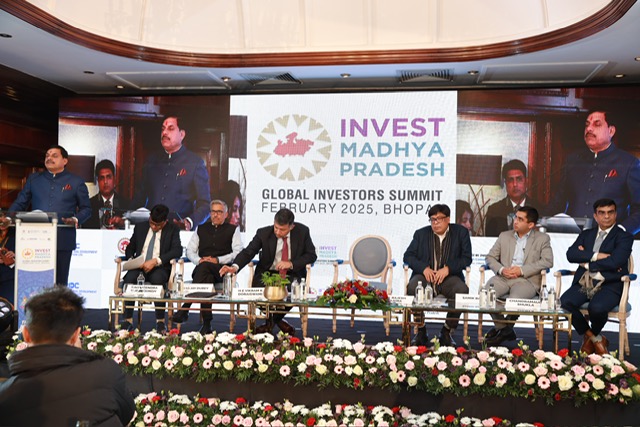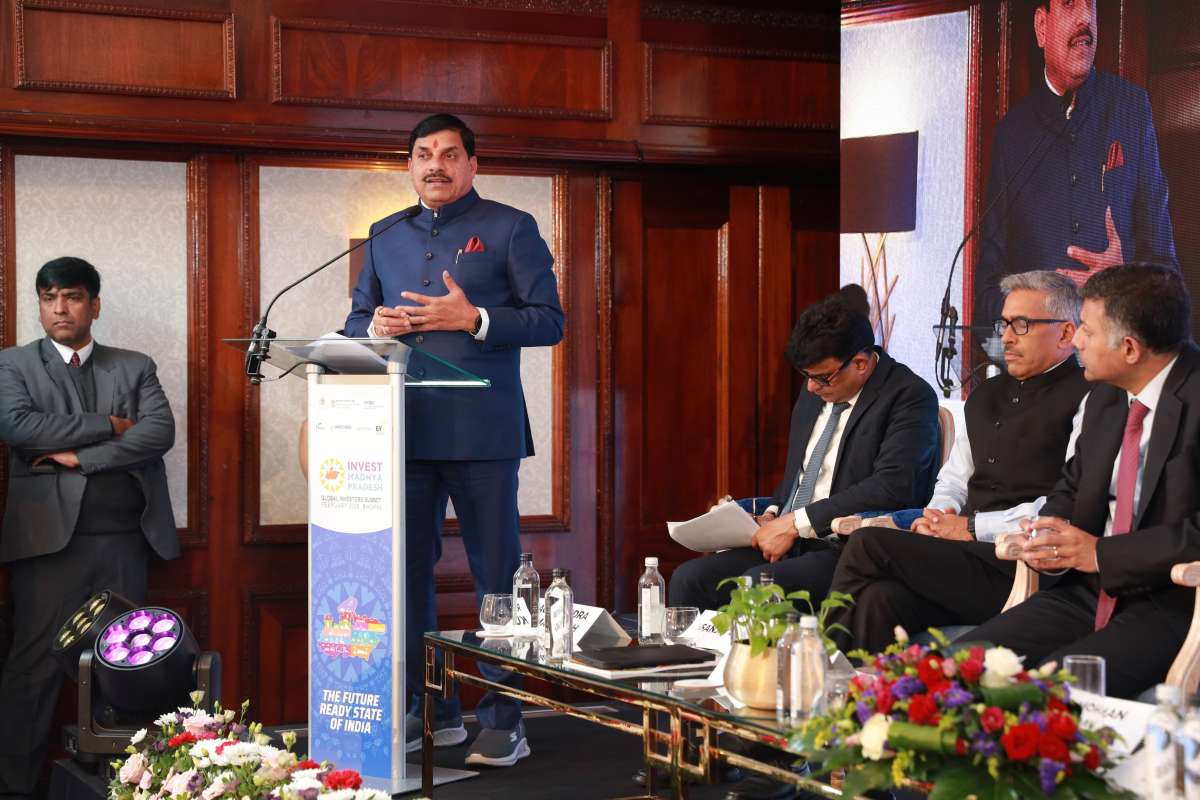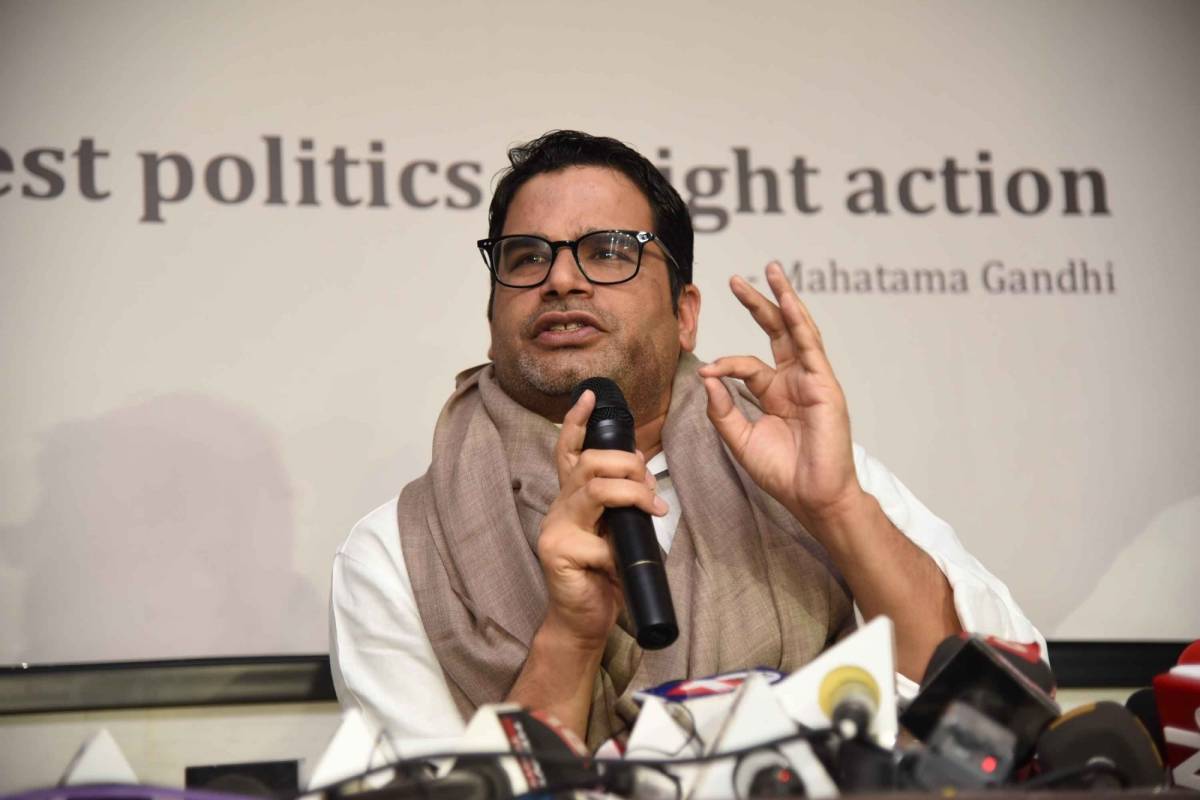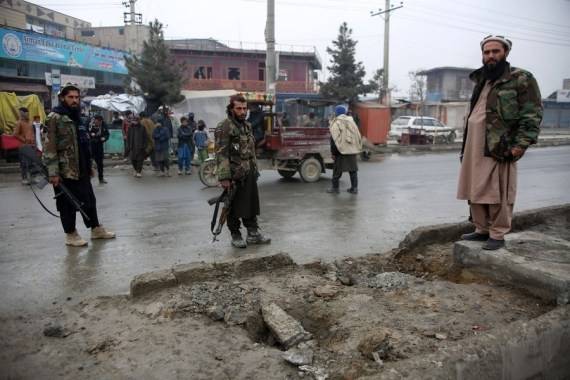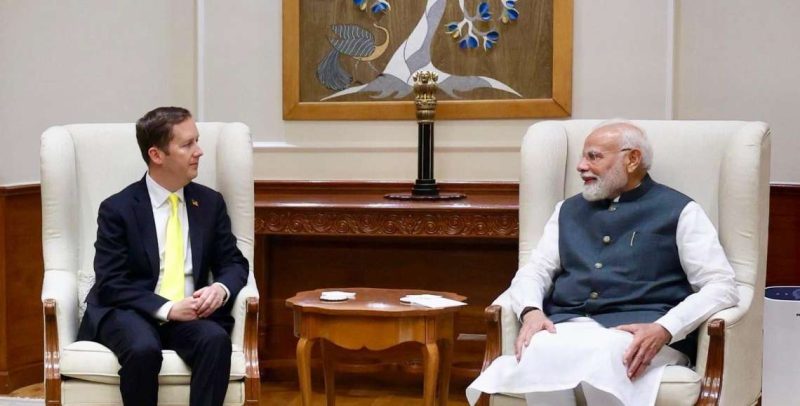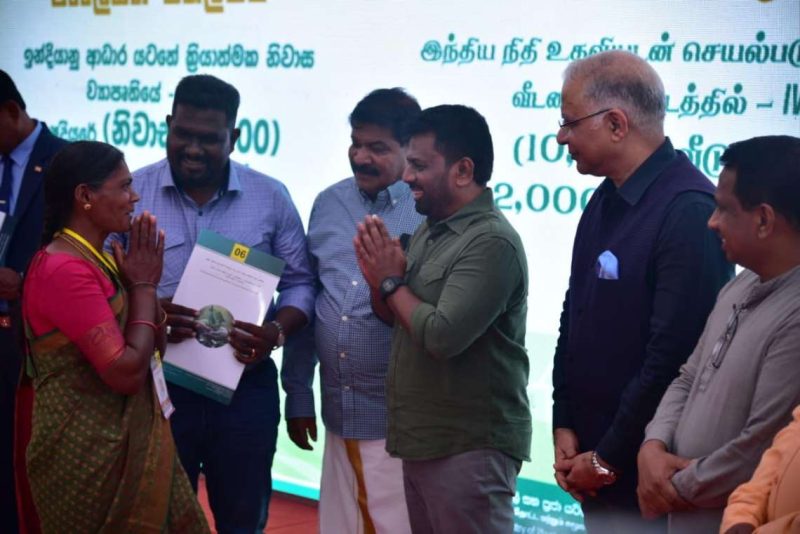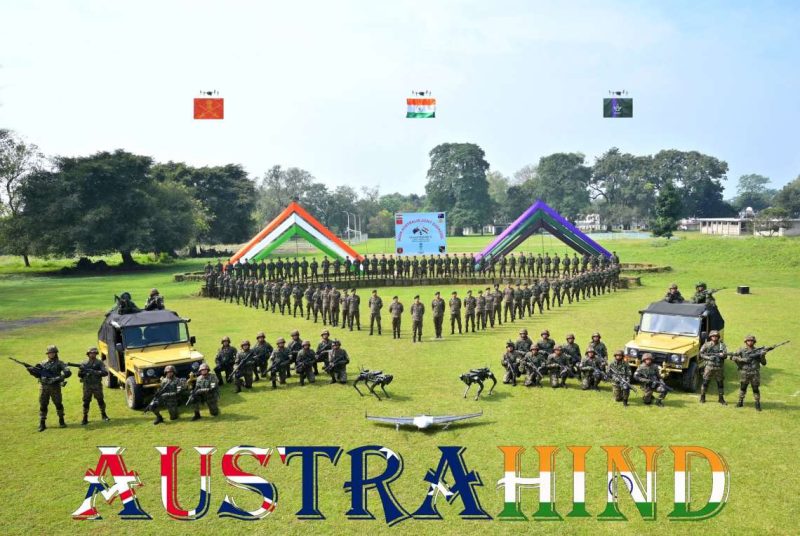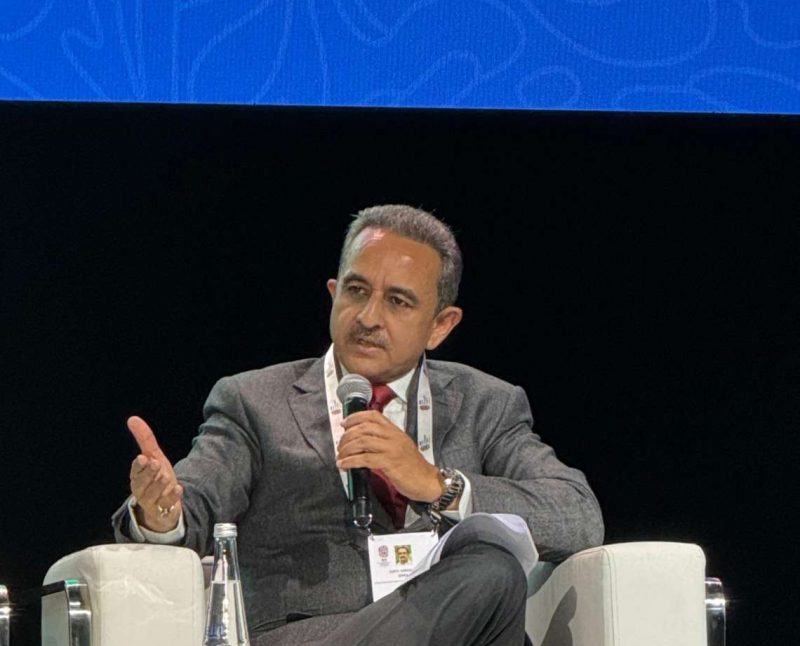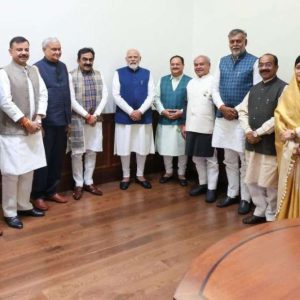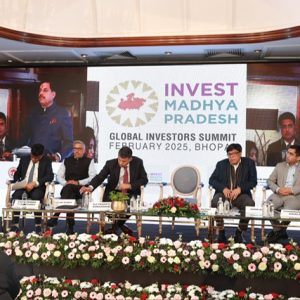Kushwaha adds that Singh and his team had trained the villagers of Ladhpura Khas in various aspects of hospitality “free of cost, and also motivated us to join forces on all fronts for the best possible results”…reports C Vinitha
It’s a busy day for Uma Pathak. She’s being called on to check the consistency of the bathua ki kadhi (pigweed curry) that’s been simmering on low on a mud stove for half an hour, while guests encourage her to dance along with them to the Bundelkhandi folk songs on loop in her courtyard.
Welcome to the homespun life of a homestay in Madhya Pradesh, in Nimar district’s Ladhpura Khas village, around 12 km from Orchha, recently recognised by the United Nations World Tourism Organization (UNWTO). Ladhpura Khas was nominated in the ‘Best Tourism Village’ category, along with Meghalaya’s whistling village Kongthong and Pochampally village in Telangana, which ultimately received the award from the UNWTO. The organisation had been looking to shortlist outstanding rural destinations that had adopted various approaches to tourism to safeguard their local traditions and heritage.
An alternative source of livelihood
After the pandemic struck, when most villagers across the state were struggling to survive, the homestays that were set up in Ladhpura Khas gave natives a reason to smile. ‘Mahua’, ‘Shilpgram’, ‘Sheetal Green’, ‘Kamla Rekha Homestays’ were among the seven homestays that were set up since 2020, the first two began operating just a couple of months before the lockdowns. They enjoyed an occupancy of over 100 days, and the figure is expected to rise further, with international flights operating in full force.
These homestays are managed by the entire host family, usually a family of six; supported by more than 30 people in the village involved in the homestays as bhajan mandali, e-auto rickshaw drivers, porters, guides, potters, dancers, mehendi walis, specialised cooks/rotiwalis, artisans etc. The highlight of the homestay ecosystem in Ladhpura Khas is its foundation of shared community resources, such as art, music, dance, culinary skills, pottery, etc. Now, using homestays as their platform, villagers here are promoting their Nimari culture and its beautiful nuances.
“We realised that just being dependent on agriculture would not really help us realise our children’s dreams or fulfil their desire to lead a better life,” says Dileep Kushwaha, the sarpanch (chief of the village) who first promoted the concept of homestays two years ago. “So we motivated the villagers to join hands in this initiative because for it to succeed, it was vital for all positive aspects of the community to come together.”
Kushwaha credits their success to one Avani Mohan Singh, a good Samaritan who runs NGO Haritika. The organisation has been involved with farmers and tribals in the backward districts of Bundelkhand for 27 years, working to resolve issues such as water scarcity, poor infrastructure and unproductive soil.
“The idea is to create alternative sources of livelihood for the villagers who don’t have farmland or are struggling to survive with just a tiny piece of land,” says Singh, whose NGO is based out of Naogaon in Chhatarpur, Madhya Pradesh.
Kushwaha adds that Singh and his team had trained the villagers of Ladhpura Khas in various aspects of hospitality “free of cost, and also motivated us to join forces on all fronts for the best possible results”.
“Today, it’s immensely satisfying to see that we have seven homestays in our small village and many more are coming up. But what’s more important is the employment these lodgings offer,” the sarpanch says, beaming with pride.
Going into the logistics, Kushwaha explains that it costs around Rs 6 lakh to set up a homestay in the village, of which they receive a subsidy of around Rs 2 lakh from the central government’s Rashtriya Gram Swaraj Abhiyan. The hosts and all other stakeholders are trained in the tasks involved, to ensure that guests leave with a comfortable, colourful homestay experience, priced at Rs 2,000 per day.
In fact, Singh and his NGO help villagers procure the Rs 2 lakh subsidy from the Tourism Board of Madhya Pradesh, the nodal agency for the Rashtriya Gram Swaraj Abhiyan.
“From training staff to presenting the layout of the infrastructure to authorities and filling the requisite forms, we help the tribal community set up and run the homestays in a smooth, professional manner,” Singh says. “The basic idea behind launching homestays in Ladhpura Khas was to fruitfully employ families, not just a few villagers. So we guided and helped train the hosts, porters, e-rickshaw drivers, potters, etc, for a community-based programme.”
This community endeavour, Singh adds, is what makes the homestays in Madhya Pradesh unique and different from their counterparts in Kerala, Uttarakhand and Gujarat, where he says they are run independently.
Women, the heart of homestays
Interestingly, it’s the women of the hosting families who spearhead the functioning of the homestays. Whether they are running the show as hosts, organising medleys of folk songs, leading dance performances, or creating culinary magic with traditional recipes, women leave their creative touch everywhere in these homestays – a cultural aspect that impresses guests tremendously.
“Till date, our village has hosted aroun d 3,000 people, despite three full-blown waves of Covid-19,” Kushwaha points out. “We are sure that the numbers will increase in the coming months as things normalise further on the coronavirus front.”
A culture-steeped attraction
Another major draw of these rural homestays is the complete Nimari experience they offer tourists.
“That’s our biggest strength,” says Pathak, who treats guests to an extra-large dose of Bundelkhandi hospitality, in addition to some inimitable regional recipes that leave them reaching for seconds.
“From gud ke cheele (jaggery pancakes) to ras ki kheer (a sweet porridge made of sugarcane juice), bathua ki kadhi and gulgule (fried jaggery and flour sweets) to mehri (a savoury dish of rice and curd), we represent our core strength, and that’s what our guests love,” adds Pathak, a proud mother who’s delighted to be able to fund her son’s hotel management course with her earnings from the homestay.
Furthermore, to ensure that guests enjoy the complete Bundelkhandi holiday, hosts organise trips to the nearby Mador village that’s home to skilled potters. Here, tourists shop for mementoes, including terracotta parrots, pots and pans.
“Earlier, I earned around Rs 40,000 in the four to five months of summer, selling matkas and surahis. The rest of the year, we’d do odd jobs, or work on people’s farms to earn our daily bread,” recalls Akhilesh Prajapati, a young potter of Mador village. “But now, with guests of the homestays in Ladhpura Khas visiting our village, we earn Rs 4,000 to Rs 5,000 every month, all year round. We hope for even better sales when foreign guests arrive after international travel restrictions are lifted completely.”
As the sun goes down, guests settle in to participate in the bhajan sandhyas, enthusiastically clapping along and even humming to the Bundelkhandi folk songs that are sung to various gods.
“These bhajan sandhyas are the biggest levellers. Everyone comes together with no distinction of caste or creed. The thought at the forefront is to showcase the best of our culture to our guests,” says Sappu Pandey, sanyukt van prabandhan samiti adhyaksh (head of the Joint Forest Resource Management Committee) of the village and one of the lead singers of Ladhpura Khas’ troupe of bhajan singers.
“As a thumb rule, we don’t ask for money for these musical events, but the hosts always leave us a token amount, which helps us take care of our daily needs,” he adds. “With the lord’s blessings, I’ll soon have a homestay of my own in a few months. I’ve already started building it on my small piece of land.”
ALSO READ-


